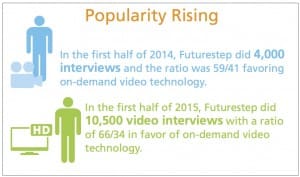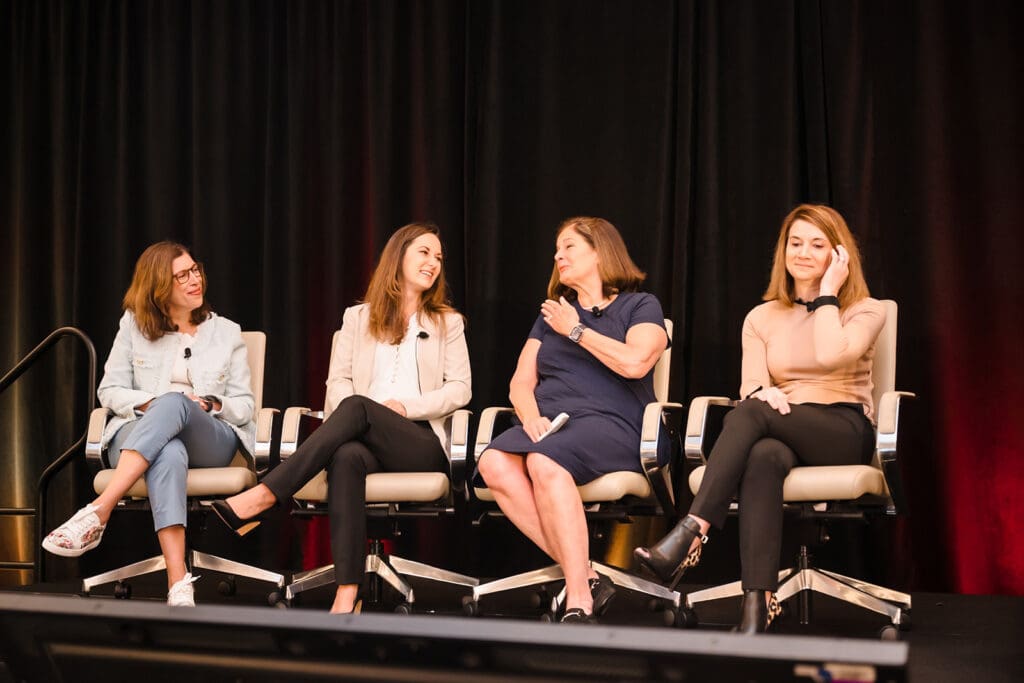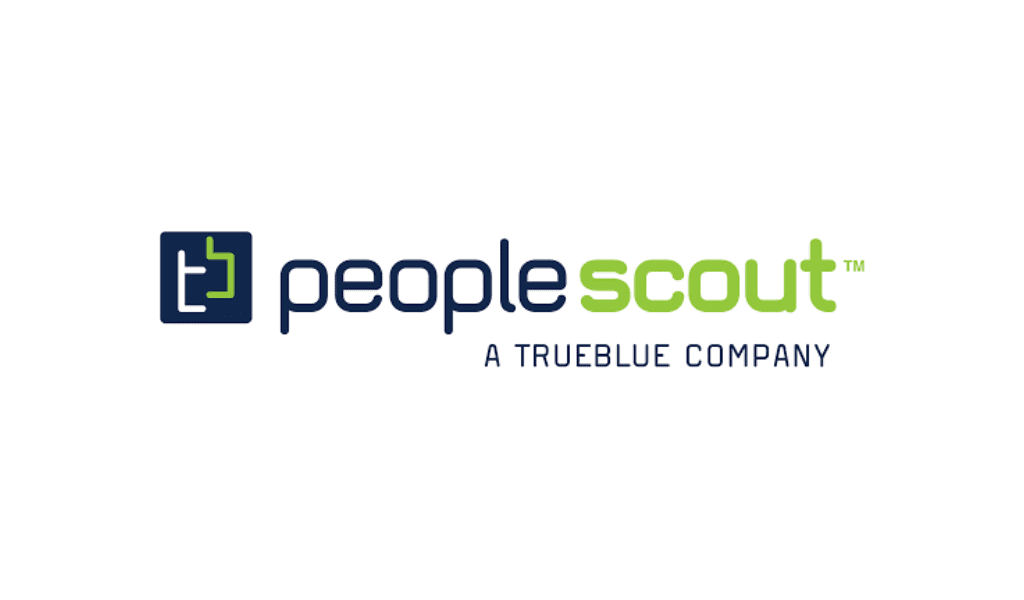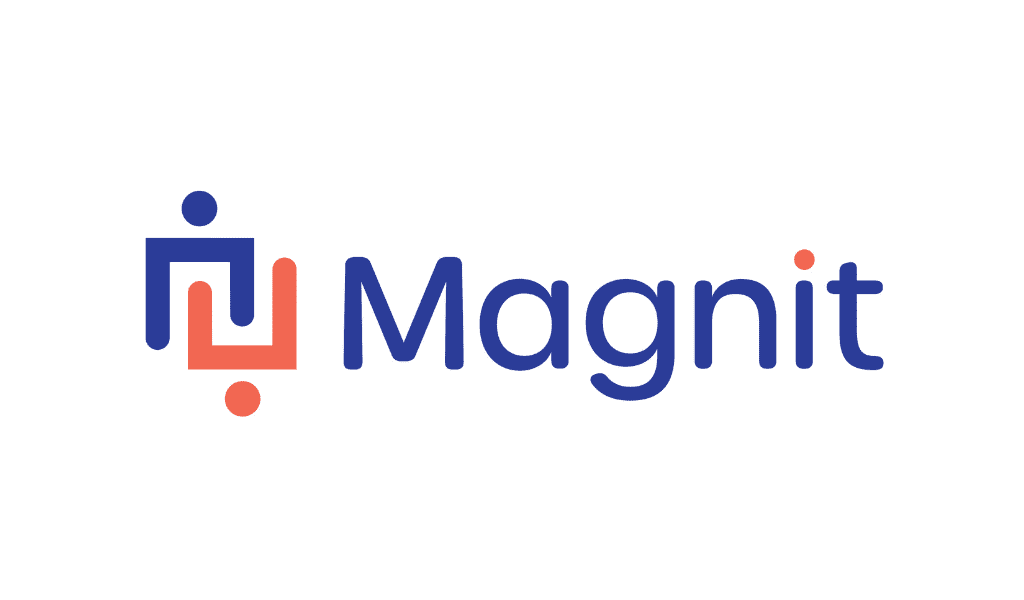From sourcing and screening to interviewing and onboarding, video is a critical tool in the hiring process.
By Audrey Roth
In today’s talent market, attracting, engaging, screening, interviewing, hiring, and onboarding talent is no walk in the park. It takes an average of 52 days to fill a position in the United States, at a cost of nearly $4,000 per hire. To alleviate the challenges and make the process more efficient, more and more companies are turning to a video-enabled approach.
The uptick of video use during the hiring process is emulating the increase of video across the world: According to Cisco, it would take an individual more than 5 million years to watch the amount of video that will cross global IP networks each month in 2019. This is a main reason why innovative organizations are getting on board with using video-enabled approaches before they get left behind. Leveraging video technology -before and beyond interviewing -is a surefire way to streamline the talent acquisition process, benefiting both candidates and employers alike.
Engaging Talent
If a picture is worth a thousand words, then a video is worth millions (or 1.8 million, according to a calculation made by Jamie L. McQuivey for a Forrester report in 2008). Video can express infinitely more than a paragraph or a picture, which is why many companies are turning to this technology to get more bang for their buck in their engagement endeavors.
Short clips about a new project or a job description can be featured across company websites to give employer branding a new dimension. “The videos on our careers page allow candidates to gain more perspective into the job and company to which they are applying,” says Jeff Allen, talent acquisition project manager and social media manager at Dish Network, clients of HR recruiting software provider iCIMS.
In fact, Aberdeen research finds that corporate adoption of video employer branding has grown by 13 percent since 2013. “Many of our clients use video to enhance their employer brand,” says Mir Ali, vice president of global technology solutions for recruitment solution provider Futurestep. “They use welcome videos featuring hiring managers, or even the CEO, on their career pages. Some create ‘day-in-the-life’ videos featuring a current employee on what it’s like to work at the company and what the job specifically entails.”
One of the strongest advantages of using video to enhance employer brand is the ability to augment social media pages. This helps access a variety of candidates who just simply press play when alerts come up in their newsfeed or on employer profile pages. “Videos that show what it’s like to work for a particular company can attract both active and passive job hunters, and an engaging video would likely be shared,” says Ali.
When using this technology to enhance an employer brand, the information about both the company and open positions should be expressed in a way that is easy to digest. “If it’s a company with multiple products, a brief explainer video of each product can help candidates really understand the business,” says Christopher Young, CEO and founder of Async Interview.
Cultural fit is also a major part of the equation today. Organizations have the ability to depict themselves and their culture accurately via videos, which can shine a light on better-fitting candidates earlier in the process. “As job seekers are finding these opportunities and looking to decide which company is right for them, they’re able to get past that first layer in standard job description, and really tap into what that company’s about, what that manager’s about, and get a sense of authenticity and alignment before they even apply to the job,” explains Tom Boyle, VP of product for Montage. “Many of our clients tell us that their challenge in some cases is not the number of applicants, it’s making sure the alignment happens with the applicants to the right jobs. Video is a great way of doing that.”
And getting out in front of candidates with innovative technologies help organizations make the right impression. “Today’s job candidates are tech savvy and looking for progressive companies that utilize the best technologies like video and mobile capabilities within their hiring process,” says Chief Marketing Officer for iCIMS, Susan Vitale. “Employers are looking for ways to hire the best talent, fast. Video is a great solution for companies and it is becoming more and more common.” Recent research from Recruiting Trends confirms growth in the space, reporting that 27 percent of organizations are using video-enabled talent acquisition, but over the next two years, the number is slated to grow to 55 percent.
Talking to Talent
Beyond initial candidate engagement, organizations can reap the benefits from video during the talent acquisition process. Video cover letters allow candidates to express both their personality and experience, while providing hiring managers with a better feel for their potential cultural fit. “More than 40 percent of candidates feel that video helps them stand out in the recruitment process,” says Vitale. “By submitting a short video along with an application, candidates can demonstration their skills and display their passion for the job.”
The most common use for video during the talent acquisition process continues to be for interviewing. Research from Aberdeen Group shows that best-in-class companies are 61 percent more likely to use video tools to interview candidates as compared to all others. Today’s technology allows for two approaches:
- On-demand video interviewing allows candidates to record their video interview at their own convenience, often answering a pre-designated list of questions from the organization. Employers can then screen a more extensive amount of candidates as it necessitates much less time. Anna R. Oakes, director of human capital client services for Robert W. Baird & Co., says in the past, they would conduct a courtesy interview every time an employee referred someone for an open position. “Today, we use Montage’s on-demand video interviewing technology to provide the referred person a chance to interview but without the same commitment of time from my team,” says Oakes. “Just by changing how we handle employee referrals, we are saving hundreds of hours each year.”
- Live video interviewing allows employers to minimize travel and time costs, yet still permits the hiring manager to gain a detailed understanding of the candidate. “It’s much easier to capture a full idea of a person when you are able to see them -their body language, their poise, and their confidence,” says Ali. “Presentation experts often say that 93 percent of communication is non-verbal [body language and tone of voice] so it’s critical to see and hear a person.”
The live approach also adds the ability to ask additional non-scripted questions, while still effectively saving time. “We’ve found that recruiters report an 80 percent decrease in time required for effective screening and a 57 percent decrease in time-to-fill as a result of using video screening,” says Vitale. “Our customers have noticed a lot of success with video screenings especially in roles that are external facing within the company, such as sales or customer service, to help screen for soft skills that aren’t easily recognized on a resume or cover letter.”
With video interviewing tools in place, companies are 2.7 times more likely to improve their cost per hire finds Aberdeen Group. And it’s also helping job seekers: Nearly 62 percent of candidates believe video technology gives them a competitive edge, finds The Candidate Experience Playbook from iCIMS. Video allows candidates to express additional experience, thoughts, and their personality in a format in which written applications and phone interviews cannot compete.
“Video interviews in particular help candidates speak up for their resume, experience, and qualifications earlier than they normally would in the traditional process,” says Young. “It also provides more opportunities for the candidate to be seen by various decision makers because videos can be shared amongst the organization’s leaders.”
The Next Steps for Talent
The use of video in the talent acquisition process does not need to stop after selecting the employee -it can be strategically used for onboarding. Montage’s Boyle says, “So much is being done in talent acquisition to find, screen, interview, and hire the best people, that there’s that natural progression for many companies to say, ‘how do I make sure that this new employee is socialized into my company correctly so that I’m able to really increase time to productivity and that I’m able to make sure that this employee stays with us.'”
Acclimate new employees with either a live video with new co-workers or managers, or introductory videos from the new manager, co-workers, and even the CEO. Robert W. Baird & Co has experienced the benefit of leveraging this approach. “It’s also so nice for new hires to arrive on the job and people greet them even more warmly than before because the introduction was taken care of in such a creative way,” says Oakes.
Both the employee and organization can get acquainted this way. Boyle says employees can share personal tid-bits, like hobbies, travel, and experiences, in their onboarding shots, and organizations can provide onboarding information about the company and job.
Landmarks in talent acquisition history are few and far between with the inception of online job boards, digital job applications, and the mobile market as arguably the most prominent. But the use of video-enabled processes is joining the ranks. From sourcing to onboarding, this technology is making it easier and more efficient for both candidates and employers alike. “The biggest change has been just moving from accepted to expected,” says Boyle. “Based on the overall growth of the space, it’s only going to continue to grow.”
Video and the Candidate Experience
Keeping the candidate experience top of mind is vital for organizations today. Aberdeen Group finds that companies that prioritize the candidate experience are 2.1 times more likely to improve their cost per hire on a year-by-year basis.
Job seekers look at a company’s hiring process experience to make an educated decision on whether or not the organization is right for them. The use of video can help set a company apart for top talent. “They’re looking to make a decision in many cases between you and your primary competitors, and video can be the difference maker in that decision,” says Montage’s Boyle. “It gives them a more authentic personal connection with you, your company, your managers, so there’s a lot of value there.”
Robert W. Baird & Co looks to video to offer them a competitive edge. “For us, as FORTUNE’s Best 100 Companies to Work For® for 12 years running, we need to place a strong focus on also being a best place to apply for work. Candidates see our creative and tech savviness right out of the gate,” says Oakes. “They get to brand themselves as a candidate and present themselves to a recruiter in a more engaging manner than before.”
Tips for Success
Our experts share some valuable insights about how to run a successful video-enabled talent acquisition strategy.
- Be genuine, not just polished. Don’t let corporate take over production of company videos since they won’t necessarily be an accurate depiction of the organization, says Boyle. “It’s really about authenticity, and if the whole thing is scripted by HR and produced by a professional video company, it could come across as fake and non-authentic to your candidates.”
Instead, zero in on the mission of the organization and the everyday environment. “Video should reflect the company’s core culture and values, and be a solid representation of what it’s like to really work there,” says Ali.
-
Keep it short and sweet. “If you can keep it down to two- or three-minute videos, or short snippets of content, it’s going to be much more digestible for the individuals who are going to be looking at it,” says Boyle. “You want them to be able to really get the point.”
-
Be consistent. “If you plan to use video screening for a particular job opening, the best way is to offer all candidates a chance to submit a video with their application,” says Vitale.
-
Focus on authentic quality, not camera quality. “Sometimes the best videos are those taken from someone’s desk, or from the plant, or somewhere in the field where again it’s not scripted. It’s in an environment that feels authentic and one that your candidates could potentially see themselves working in,” says Boyle.
-
Communicate purpose with both managers and candidates. “If they understand why video is being used and how it can benefit them, they’ll be very receptive to trying it,” says Young. “Once they try it, we’ve seen great success. Work through creating the proper message and delivery means to both parties as you implement it.”
-
Using video is a two-way street. “We firmly believe that to really take advantage of video in the talent acquisition lifecycle, you have to both have the opportunity and the mechanisms to both produce video and push it out to the world to absorb, but then you also have to have those mechanisms for candidates and new hires to be able to contribute and add their own video through things like on- demand (technology),” says Boyle.















